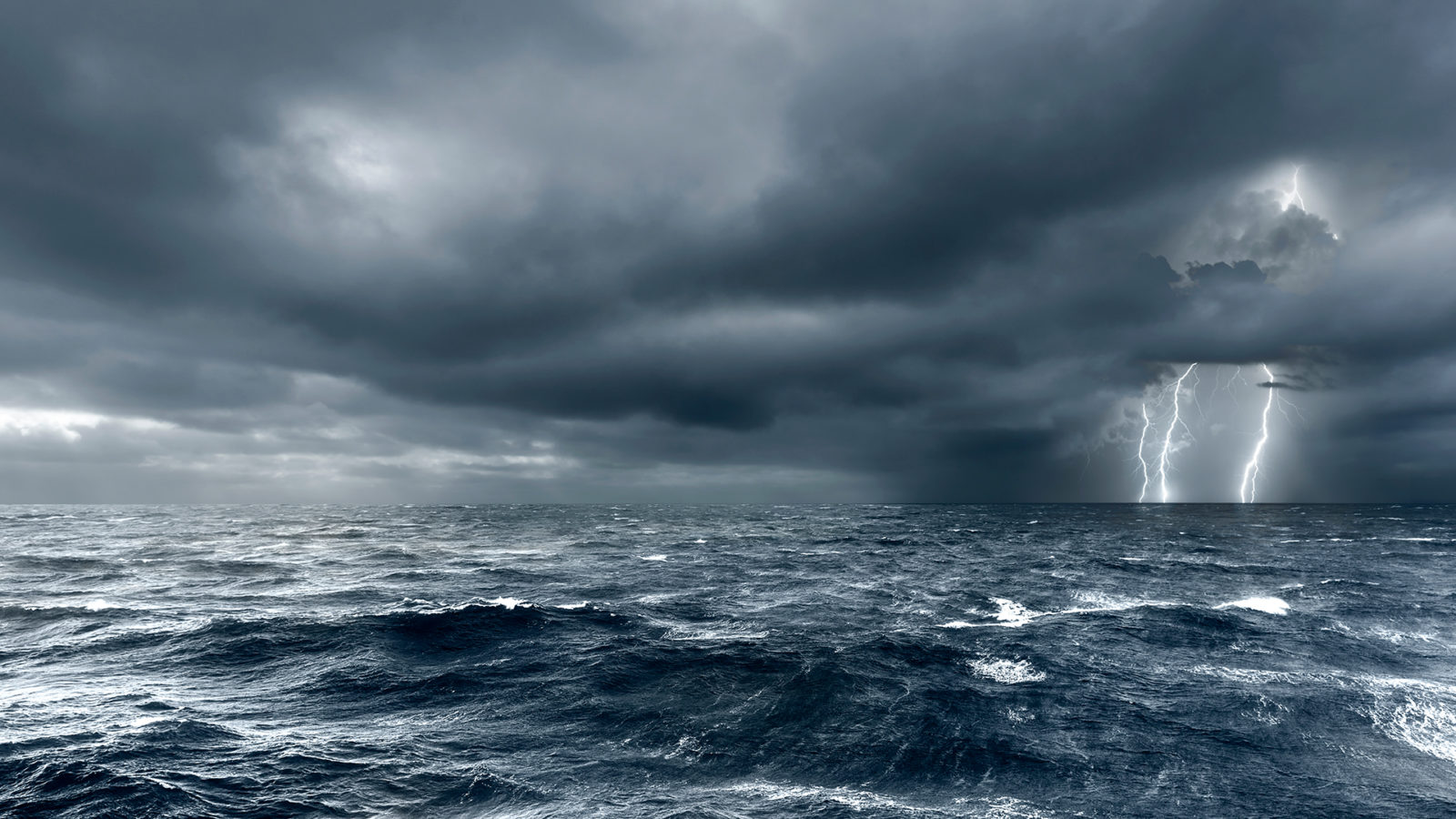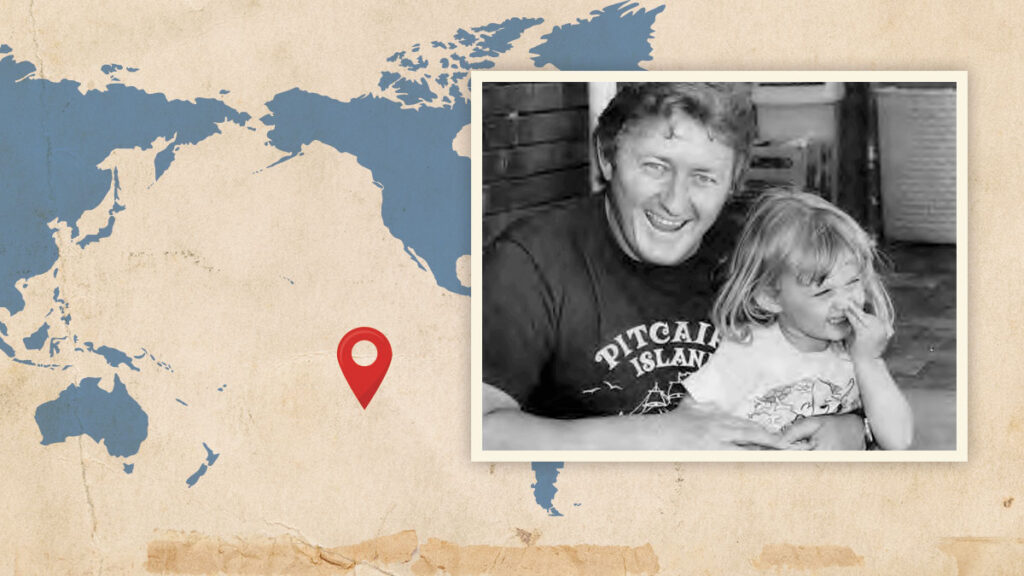Stories in the Bible are not just superficial entertainment—they often carry great significance. In fact, every story included in the biblical record has a purpose. In each story of prophet, priest or king, under every rock and in every corner of Scripture, we find the gospel and the story of Jesus in some way illustrated.
The stories of Daniel serve as keys to unlocking the prophecies. Jesus’ miracles illustrated His sermons. For example, He heals a blind man then declares He is the Light of the World. He feeds the multitudes then declares Himself to be the Bread of Life. He raises a dead man and follows it with a sermon on how He is the Resurrection and the Life.
So why was Luke so comprehensive and specific about Paul’s boat trip to Rome in AD 63? Apart from the fact that the story is peppered with the pronoun “we”, which indicates Luke was an eyewitness to the account, there is a much larger picture. And it is this: Paul had spent almost 30 years proclaiming the message of justification by faith throughout the empire. The book of Acts, though wrongly called “The Acts of the Apostles” in our English versions (because it is really the Acts of the Holy Spirit), primarily deals with the conversion and subsequent life of Paul. How fitting then that it concludes with a story that illustrates the message of justification by faith. Paul was on his way to Rome and it is that epistle that so clearly outlines the most significant truth in the New Testament.
Consider the story (Acts 27). They set sail for Italy with Julius and his Augustan cohort. The journey was difficult and ill-advised. Then comes the storm where they manifestly try to save themselves and it is only when they follow what God says that all on board are saved. Notice how they attempt salvation by self-works in verses 13–17, where they do everything possible to “secure the boat” and bring it to safety. Then they throw the cargo overboard (v19) and “cast out with their own hands” the tackle. Finally “all hope of being saved was lost and abandoned”. [pullquote]
If you can save yourself then go and do it! If you are righteous, the text says “he that is righteous, let him be righteous still”. I say that sarcastically because you cannot save yourself, nor are you righteous. But if you think so, go your way and try it—vainly try it—for surely when you have fanned your best works into a flame and walked by the light of the sparks of the fire that you have kindled, you shall lie down in sorrow and be astonished that you were ever so mad as to dream of self-salvation or justification by your own works.
At this point in the story Paul has a message (v21-26) of salvation!
They cast out the four anchors and prayed! We have four anchors for our storms: prayer, Bible study, fellowship and worship. Notice how Paul (and his message) is now the dominating personality in the storm. Notice Paul’s courageous example with the Bread of Life in verse 35. From that they were all encouraged and took bread themselves. Like Paul we dispense the Bread of Life to a dying world.
Amazingly, they have another go at self-salvation, contrary to Paul’s word, (v40) with disastrous results (v41,42). However, all were saved by grace in the end by following the words of Paul (v43,44) and all reached the shore.
After the storm and salvation, there comes a picture illustration of the new earth, where there is no sickness and disease (28:7-10).
The gospel in a voyage—bon voyage to you too!
Ross Chadwick is pastor of Dungog Church, NSW.






